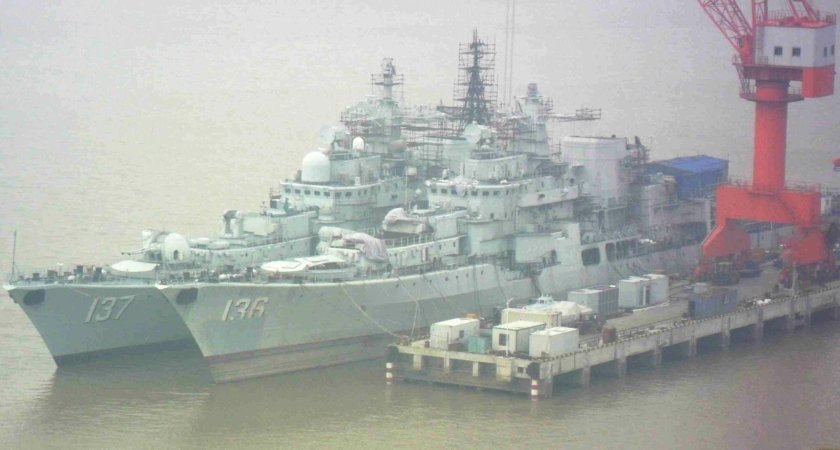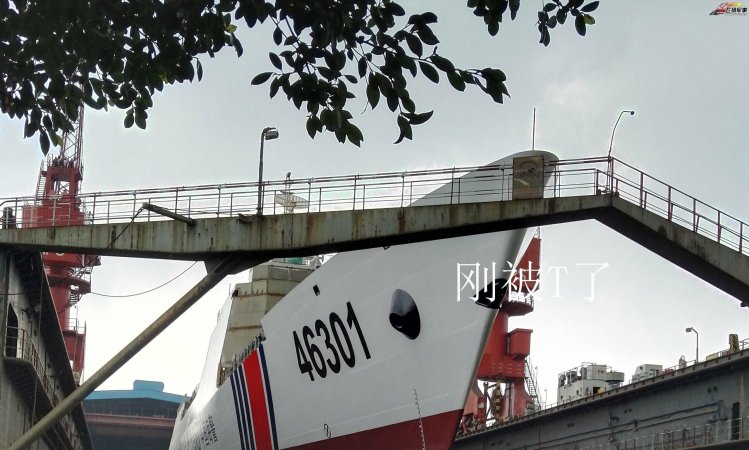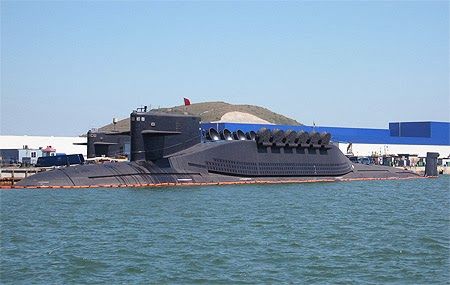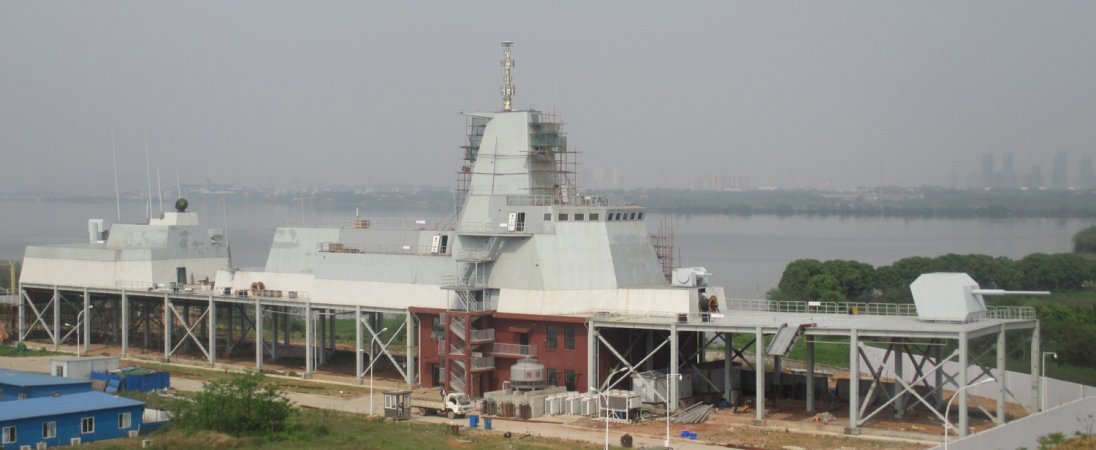


China is raising up an early February storm in Asia by deploying long-range HQ-9 surface to air missiles (SAM) to Woody Island in the disputed Paracel Island chain. The Paracel Island chain, claimed by China, Taiwan and Vietnam, is a small archipelago located roughly equidistant between Hainan Island and north-central Vietnam. Woody Island itself is home to 1,000 people, has an airport capable of accommodating J-10 and J-11 fighters, and is capital of the Sansha Prefecture, which covers Chinese claims in South China Sea (including overlapping Filipino, Malaysian Taiwanese and Vietnamese claims).

Known as the “Red Banner,” the HQ-9 SAM is China’s indigenous long range air defense system, complementing Russian made S-300 missiles. The system is mounted on an 8×8 wheeled truck, each carrying 4 missiles. The missile itself has a top speed of Mach 4.2, range of 200km and a flight ceiling of roughly 27-30km. In addition to the ability to target aircraft, drones and cruise missiles, the HQ-9 also has a limited anti-ballistic missile and anti-surface capability. While the missile currently uses semi-active radar homing and infrared guidance to hit targets, future upgrades would increase range and add on an active radar seeker. Compared to most Patriot and S-300 variants, the HQ-9 uses a more advanced AESA radar, the giant HT-233 truck mounted radar, for its fire control, which offers better performance against enemy jamming and stealth aircraft. The U.S. Defense Department estimated that China had about 96, 4 missile HQ-9 launch vehicles, in addition to over a dozen Type 052C and 052D guided missile destroyers, which respectively can carry 48 and 64 HQ-9 SAMs. The HQ-9 launcher is compact enough, with a height of 3.2 meters, 2.8 meters wide and 10-11 meters long, to fit into the Y-20 heavy transport aircraft, or a Type 726 overcraft.
The deployment of the Red Banner illustrates how islands, both real and artificially created, can be rapidly militarized even if claimed to be demilitarized. In a crisis, the deployment of such systems can quickly create an air defense bubble surrounding disputed islands and well beyond. However, the timing of the deployment during the U.S.-ASEAN Sunnylands summit seems more to be about sending a strong psychological message in response to recent U.S. naval passages in the South China Sea. Regardless, as Chinese expeditionary capabilities and global deployments grow, the HQ-9 and its successors are likely appear in more and more places beyond Woody Island.
You may also be interested in:
New Chinese Laser Weapon Stars on TV
China Signs Huge Arms Deal with Russia, Buys the World’s Best Missile















